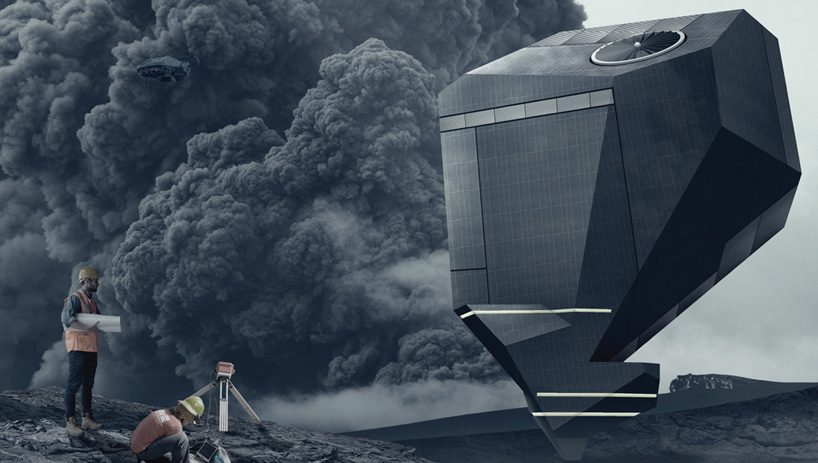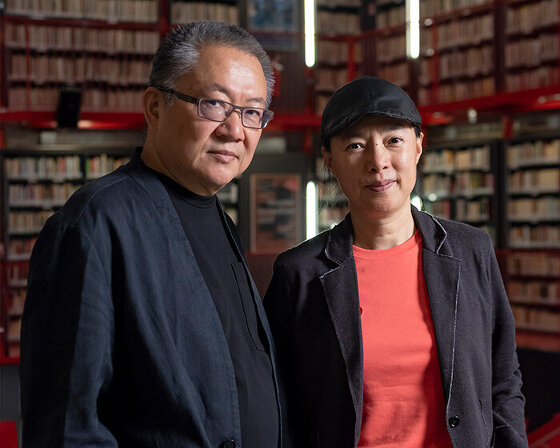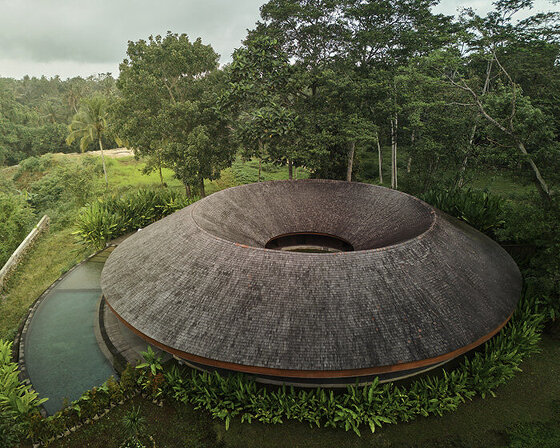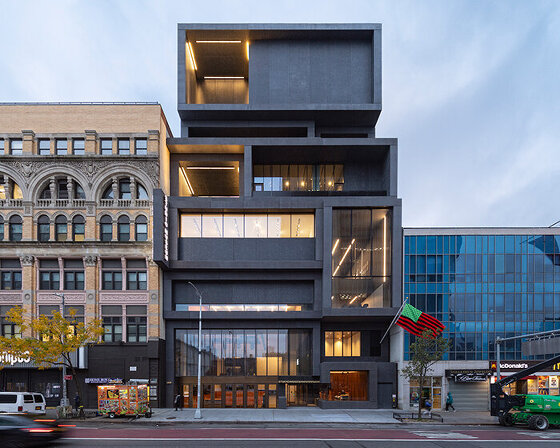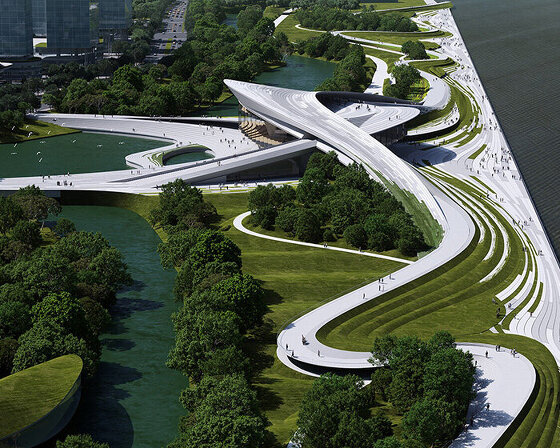KEEP UP WITH OUR DAILY AND WEEKLY NEWSLETTERS
the founders of amateur architecture studio have been appointed curators of the 20th international architecture exhibition, opening may 8th, 2027.
connections: 12
the project sits like a ring placed over the terrain, with its funnel-like roof forming a shaded perimeter walkway and an introverted core.
'this building says to the world, harlem matters. black art matters. black institutions matter,' raymond j. mcguire, chairman of the board of trustees, said during the museum's preview opening.
snøhetta wins an international competition to design the qiantang bay art museum for the riverfront of hangzhou.
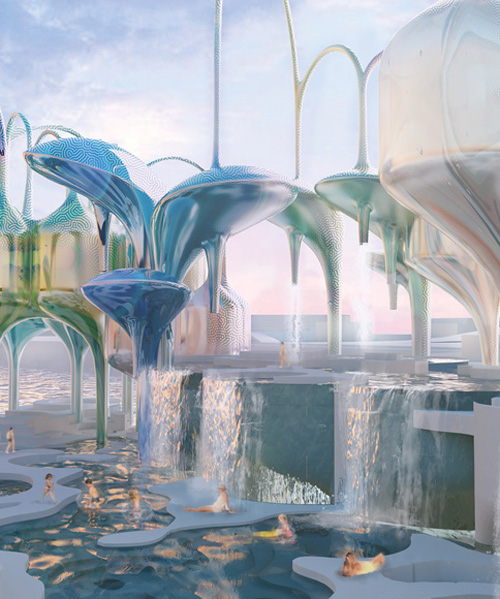
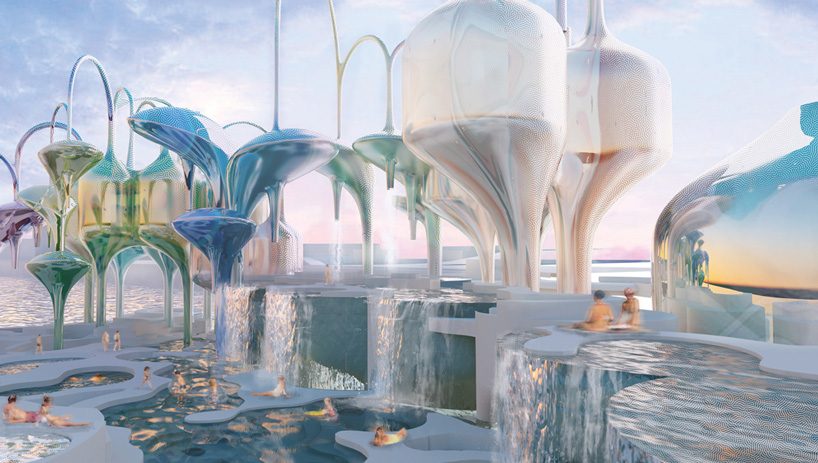 1st prize: tidal terrains by mary denman (architect/designer) / USA
1st prize: tidal terrains by mary denman (architect/designer) / USA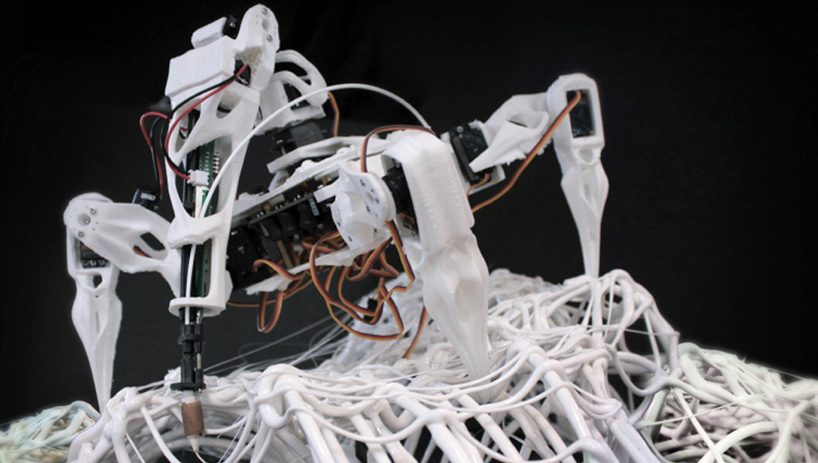 2nd prize: embodied homeostasis by david stieler (architect) / austria
2nd prize: embodied homeostasis by david stieler (architect) / austria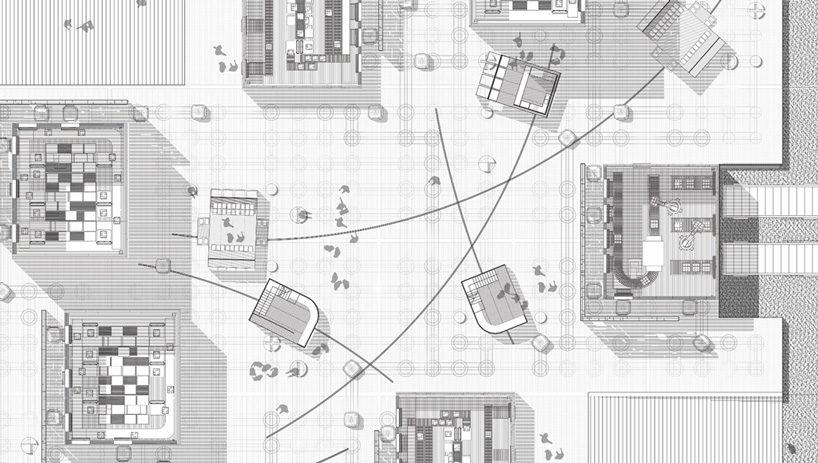 3rd prize: the platform of motion by nusrat jahan mim (graduate student of architecture) / USA and arman salemi (graduate student of architecture) / USA
3rd prize: the platform of motion by nusrat jahan mim (graduate student of architecture) / USA and arman salemi (graduate student of architecture) / USA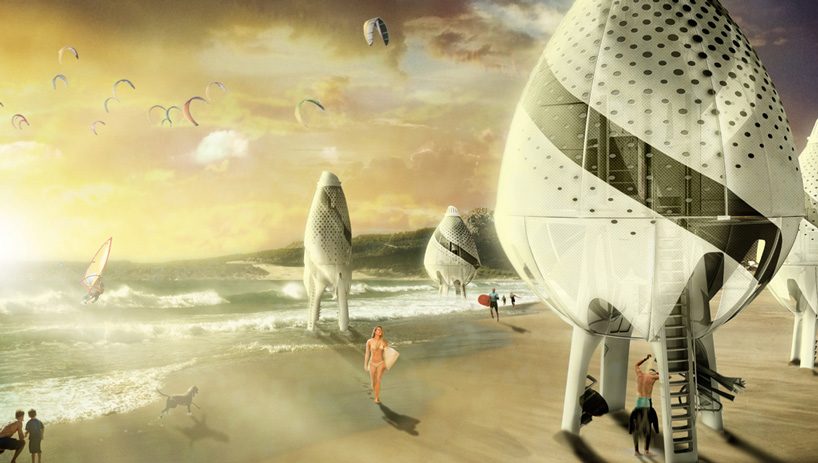 special recognition: surftopia by eduardo camarena estébanez (architect, product designer) / UK, and maría urigoitia villanueva (architect) / USA
special recognition: surftopia by eduardo camarena estébanez (architect, product designer) / UK, and maría urigoitia villanueva (architect) / USA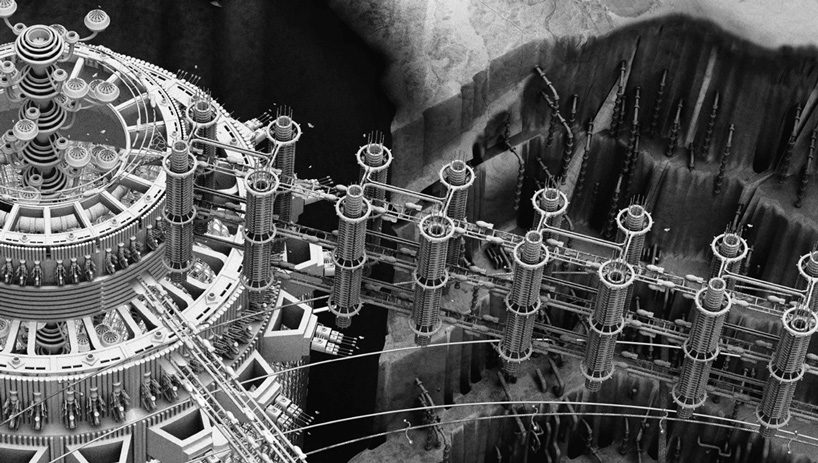 special recognition: platinum city by sean thomas allen (architectural assistant) / UK
special recognition: platinum city by sean thomas allen (architectural assistant) / UK